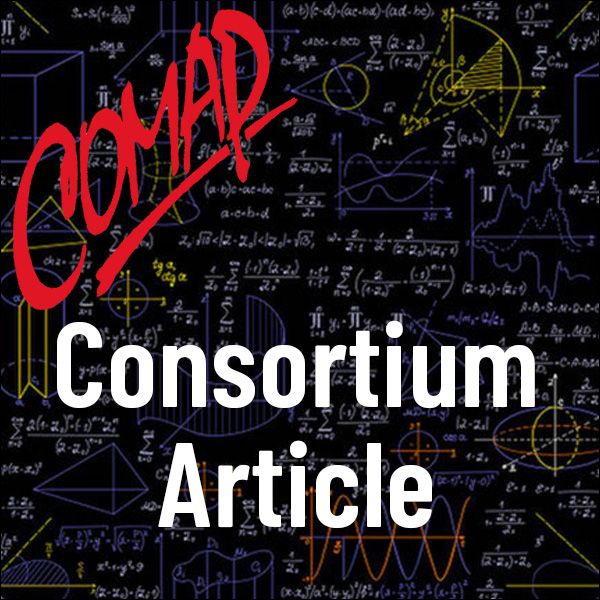Calendar Cryptology
Author: Richard Francis
The sending and deciphering of secret messages is today referred to as cryptology, a term stemming from a Greek work meaning hidden. Mathematical overtones of such secrecy techniques, coding systems, and deciphering processes converge in an intriguing historical account. Such accounts extend from the ancient world to the present.
The general intent of secrecy systems is to cast a meaningful message in a seemingly meaningless form (with the exception of those to whom the coded message is sent). Historically, some messages regarded as coded forms were not deliberately made unintelligible but were meaningful instead to an entire civilization. Unfortunately, time had obliterated these long-lost reading skills so that modern day remnants of preserved writing constituted an effective code.
The Rosetta Stone is a glaring example. It provides a change in basic symbolism from one form of expression to another-and is the substance of an interesting page in the history of non-deliberate cryptology. Such a story extends to recent times and brings to mind the nineteenth century introduction of the Morse code.
Table of Contents:
A TRIVIAL CALENDAR CODE
CHALLENGING CALENDAR CODES
EASTER DATES ACCORDING TO THE JULIAN PERIOD
FURTHER SUBTLETIES
CODES, CALENDARS, CONCEALMENT
REFERENCES

Mathematics Topics:
Application Areas:
You must have a Full Membership to download this resource.
If you're already a member, login here.